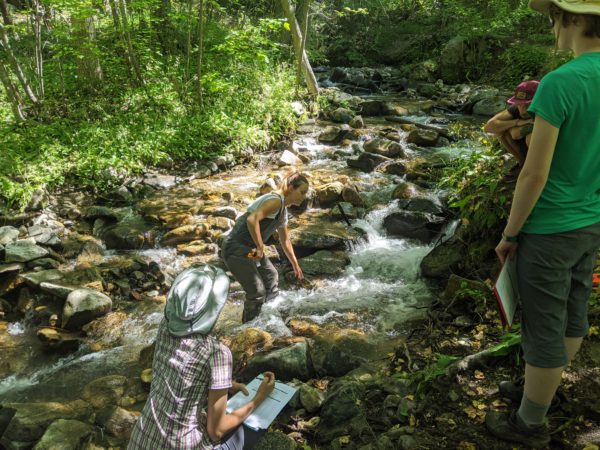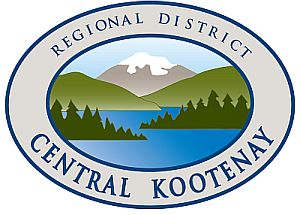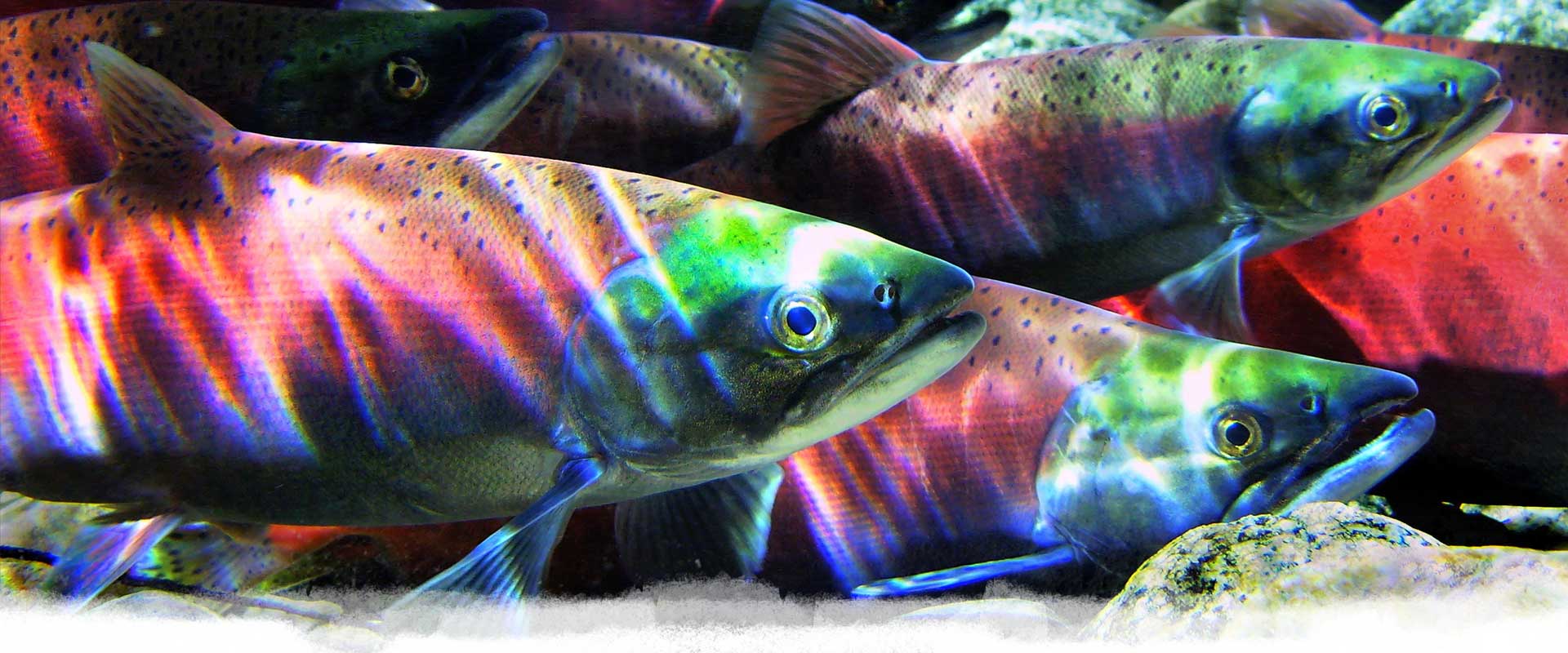Monitoring Kootenay Lake’s tributaries using the CABIN Water Quality Monitoring Protocol
Project Rationale
In February 2017, Columbia Basin Trust (CBT) released a report “Water Monitoring and Climate in the Upper Columbia Basin, Summary of Current Status and Opportunities”, outlining the current state of knowledge of water quality and quantity in the Columbia Basin. The research – led by Dr. Martin Carver – revealed that Columbia Basin water data is inadequate for managing and protecting the region’s water resources in response to climate change. The report made it clear that it is critical that we begin to fill data gaps to improve our knowledge of water quality in the Basin.
Friends of Kootenay Lake responded to this need by developing the Kootenay Lake Watershed Monitoring Program. This program utilizes the Canadian Aquatic Biomonitoring Inventory Network (CABIN) national water quality monitoring protocol to assess water quality through the collection and analysis of macroinvertebrate aquatic insect populations. Through this program, we offer free annual CABIN training to interested community members (Figure 1). Trained volunteers are then invited to attend monitoring trips. This program will create a network of informed citizens and increase our capacity to monitor our watershed.

Figure 1: 2020 CABIN training
Monitoring Methods
Monitoring occurs during the late summer and early fall within rifle-pool stream reaches. The standardized CABIN monitoring protocol is performed within each stream, which generally includes a detailed site description and drawing, and the collection of kick-net macroinvertebrate samples and water quality samples. Technicians perform a three-minute kicking exercise, dislodging macroinvertebrates from the stream substrate, and catching them within a specialized net. Samples are then preserved and sent to a taxonomist for identification. Water quality samples are sent to a laboratory for assessment.
Monitoring Reports (2020-2022)
Monitoring Results
All monitoring results are uploaded annually to the National CABIN database.
Interpreting the data:
Macroinvertebrate Bioindicator Families Guide
2020 Results:
Creeks monitored: Cottonwood, Duhamel, Eagle, Forty-nine, Laird, Slater
Taxonomy Standard | STREAM (e-DNA)
2021 Results:
Creeks monitored: Cottonwood, Duhamel, Eagle, Forty-nine, Laird, Slater, Glade, Redfish, Falls, Kokanee
Taxonomy Standard | STREAM (e-DNA) | STREAM Taxonomy
2022 Results:
Creeks Monitored: Anderson, Cedar, Coffee, Fletcher, Harrop Procter, Sandy, Sitkum, Smallwood, Sproule
Taxonomy Standard | STREAM (e-DNA) |
Why This Work Is Important
Education programs like these create a sense of leadership within community groups and offer them the chance to learn a new skill that will allow them to be active in local water stewardship. Citizen scientist monitoring and Community Based Monitoring is emerging across Canada as an untapped potential to help solve pressing challenges associated with watershed management. Long-term monitoring will help inform climate change adaptation modeling. This, in turn, will provide communities the ability to become more climate-resilient by understanding impacts to their changing watershed ecosystems, and potentially allow for increased protection and sustainable use of Canada’s most precious resource.
Thank you to our funders








